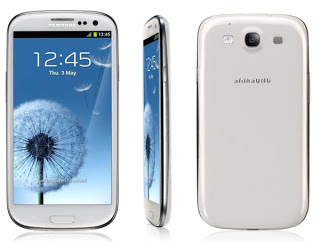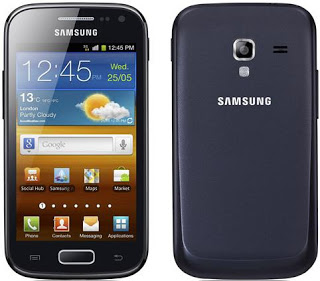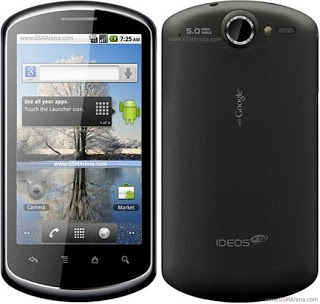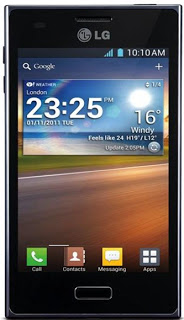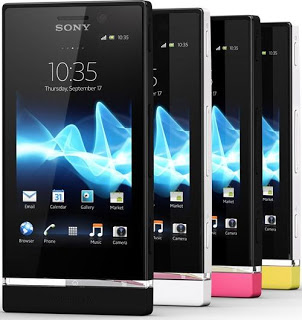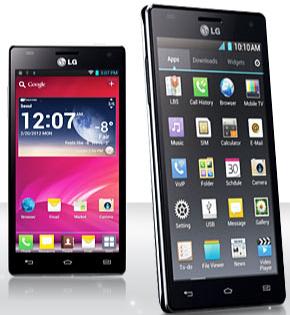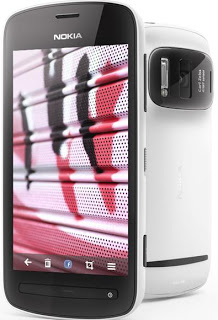Samsung’s Galaxy range lineup got a fresh heads-up with the unveiling of 19300 Galaxy S3 smart phone which’s expected to succeed the all-time favorite Galaxy S2. How the device performs in comparison to its predecessor is a matter of time; however, anyone can tell Samsung 19300 Galaxy S3 has serious specs, no question about that, but its design has elicited mixed sentiments both positive and negative. Aside from the design, Samsung 19300 Galaxy S3 comes with a whooping 4.8inch 720p display screen compared to a 4.3inch panel on its predecessor and a snappier Quad-core processor. From outside, it looks just like any other Galaxy sibling except for its design that features smoothed and rounded corners rather than the rectangular look on its wildly popular predecessor Galaxy S2. Samsung ditched the lumpy bits found on S2 in favor of a curved back-cover with substantial amount of chrome decorations along edges; however, the home button remained untouched just below the screen alongside other touch-sensitive controls.
Samsung 19300 Galaxy S3 has a large, gorgeous 4.8inch Super-Amoled screen capable of playing 720p videos, the screen’s enormous 720 x 1280 pixels resolution results in more vivid and sharp text, icons and images. 19300 Galaxy S3 is shipped in two variant colors; blue and white, the blue version features a brushed metal effect while its white counterpart looks mostly glossy; however, it’s typical for Samsung to release phones in different colors at a later date and we expect more of this for Galaxy S3. AMOLED screens are desired for their ability to render true deep blacks since they have no back-lighting as each pixel is lit individually as opposed to TFT screens which have a back-lighting that fades black colors to look grayish. You’ll therefore experience eye-searing colors on the latest Samsung 19300 Galaxy S3 compared to TFT handsets on the market.
Above everything is a Voice control feature dubbed S-Voice that goes toe-to-toe with iPhone’s Siri, this functionality comes within Android’s face unlock capability; apart from your face, Galaxy S3 will need to hear your voice as well before unlocking. Other functionalities supported by S-Voice include setting an alarm, making a call, taking a photo or controlling music playback. S3 sports a snappier Quad-core processor clocked at 1.4GHz and a bumped up 8.0Megapixels camera with every option we’ve come across. The face detection feature prevents your device from going to sleep while using.
Samsung 19300 Galaxy S3
- Operating System:Android v4.0.4 Ice Cream Sandwich
- Processor:Quad-core ARM Cortex-A9 1.4 GHz processor
- Display : 4.8inch (720 x 1280 pixels) (306ppi) Super-AMOLED Capacitive screen
- Primary Camera: 8.0megapixel (3264×2448) Auto-focus, LED Flash, 2.0MP front camera
- Storage: Up to 64GB MicroSD, 768MB RAM, 4GB Internal storage
- Connectivity: MicroUSB v2.0, Bluetooth v3.0 with A2DP
- Internet: HSDPA 21 Mbps, HSUPA 5.76 Mbps, WiFi 802.11b/g/n WiFi hotspot
- Other ft: Geo-Tagging, Sensors: Proximity, Accelerometer, Compass
- Battery: Standard Lithium-Ion 2100mAH

